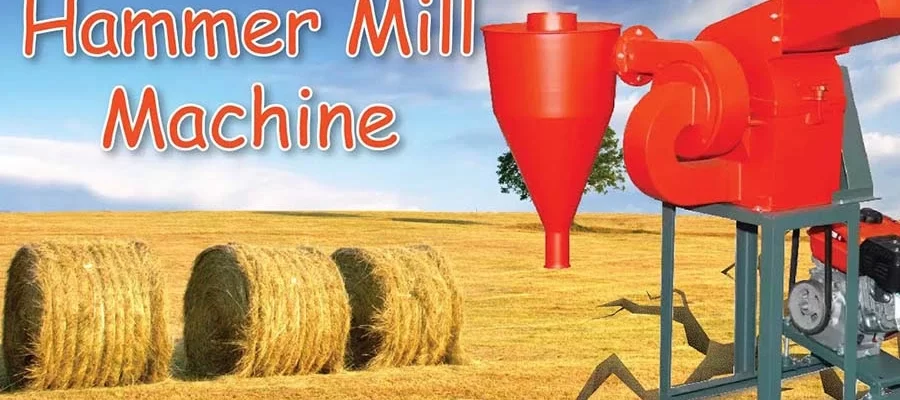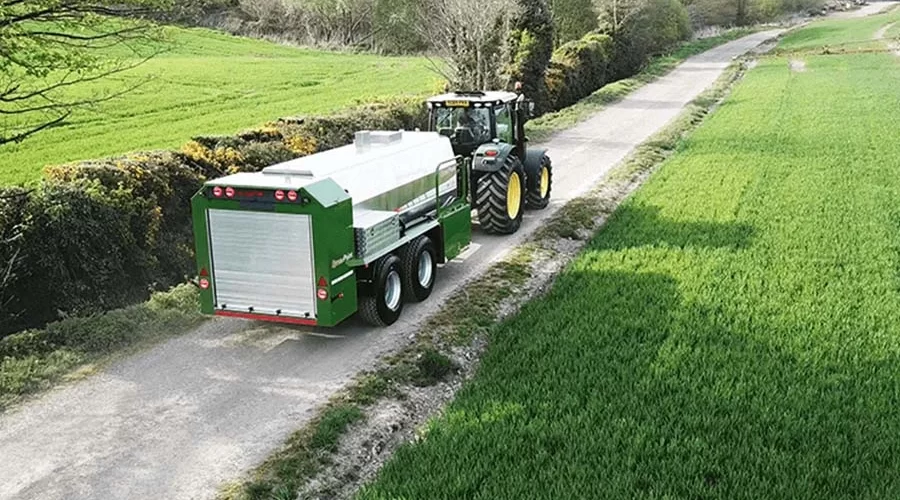
- November 15, 2024
- By: Massey Ferguson Zambia
- in: Agricultural Machinery, Farm Equipment

In Lusaka, Zambia, where agriculture forms the backbone of the economy, efficient water management is paramount. Farmers face the dual challenges of erratic rainfall and limited water resources, necessitating innovative solutions to maintain crop yields. Among various agricultural implements, the tractor-drawn water bowser has emerged as a critical tool, transforming how water is managed and utilized on farms.
A tractor-drawn water bowser is essentially a large tank mounted on a trailer, designed to be towed by a tractor across varied terrains. This implement is integral to addressing water scarcity issues by transporting and distributing water efficiently to fields. In regions like Lusaka, where water shortages can severely impact farming, these bowsers ensure that crops receive consistent hydration, crucial for sustaining agriculture during dry spells.
Water bowsers used in Lusaka are engineered to endure the local climate and agricultural demands. Constructed from durable materials such as steel or high-density polyethylene, these tanks are built to withstand harsh conditions, ensuring longevity and reliability. Their design includes a pump and hose system that enables precise water application, minimizing waste and maximizing water use efficiency.
The capacity of tractor-drawn water bowsers can vary significantly, typically ranging from 1,000 to 10,000 liters, depending on the needs of the farm. This flexibility allows farmers to select a model that best suits their operational scale, whether for small plots or extensive commercial fields.
Beyond irrigation, water bowsers in Lusaka serve multiple purposes. They are used to supply drinking water for livestock, control dust on farm roads, and even as a firefighting resource during emergencies. This versatility makes them indispensable in diverse farming scenarios.
The use of water bowsers has profound benefits for farmers in Lusaka. They enable precise water application, which not only conserves water but also optimizes crop growth by delivering the exact amount of water needed. This efficiency translates into healthier crops and improved yields, a critical advantage in regions prone to drought.
Recent advancements have significantly enhanced the functionality of water bowsers. Modern units often feature GPS-guided systems that allow farmers to target specific areas of their fields, ensuring optimal water distribution. Automated control systems are also becoming common, reducing the need for manual labor and increasing accuracy in water application.
These technological improvements have made water bowsers more user-friendly and efficient, helping farmers in Lusaka adapt to changing agricultural landscapes and resource constraints.
The implementation of tractor-drawn water bowsers is a step towards sustainable farming in Lusaka. By facilitating efficient water use, these tools help farmers adapt to the unpredictable climate, promoting long-term agricultural sustainability. They support the transition to more resilient farming practices, ensuring food security and economic stability in the region.
Tractor-drawn water bowsers in Zambia are more than just water transport devices; they are vital components of modern agricultural strategies in Lusaka, Zambia. As technology continues to advance, these bowsers will play an even greater role in enhancing agricultural productivity, supporting sustainable practices, and ensuring the resilience of farming communities in the face of environmental challenges.

Post a Comment